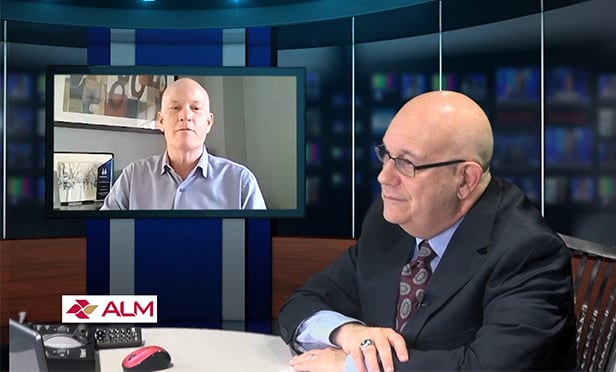No longer a fad or associated with granola-eating activists, environmental consciousness has become a part of everyday life. The commercial real estate industry jumped on the wagon several years ago, and now almost every property developed today has some sort of sustainable features. From including solar panels and reduced water use, to being LEED and Energy Star certified, to name just two, green development has become the norm for properties in most developed countries these days.
But sustainable building comes with a price tag, and it’s understandable that a lease in such properties would be a bit pricier than one without green features. Developers would generally tell you that tenants are willing to pay more to live or work in an environmentally friendly property. But does that apply to the student housing sector, where price is certainly a major factor in students’—and their parents’—leasing decisions?
At industry events and conversations with her counterparts, Preiss Co. president and CEO Donna Preiss says developers always say that students will pay for a LEED-certified property. But, she adds, “I’m sitting here thinking, no they won’t. Every single time you ask the students, they say in no uncertain terms that they aren’t paying extra for green.
“Four or five years ago,” she continues, “I read something that said the environment is going to mean as much to these college students as civil rights did to college students in the ’60s. That’s just not true.”
In some cases, Preiss reveals students, upon hearing that a building is green, become wary, assuming they’re going to have their thermostats shut down or having their water use restricted. “And let’s face it—that’s true, to an extent,” she says. “I could understand how that could be a disadvantage.”
But, Raleigh, NC-based Preiss believes it still makes sense to go green and be at least LEED-Silver certified “because we’re all paying for utilities.” What’s important, she stresses, is “we have to understand that that’s why we’re doing it—students just aren’t going to pay for it.”
A student housing developer can justify the costs of going green because it’s netting against the future savings of utilities—water, electric, gas—for the life of the building, comments Robin Rains, managing director of Kayne Anderson Real Estate Advisors. “The savings falls directly to the bottom line and the bottom line is the basis on which buyers and underwriters are valuing buildings,” she says. “A hundred dollars falling to the bottom line is not just $100 of income, it’s $1,250 of asset value at an 8% cap rate.”
The firm’s Los Angeles property, West 27th Place, is the first privately developed student housing community in the country to achieve LEED Platinum certification; the US Green Building Council held a plaque ceremony last month to recognize the distinction. The 161-unit property, which sits adjacent to the University of Southern California campus, began housing students last fall and has such sustainable features as reduced energy and water consumption, and a lowered carbon footprint, as well as environmentally friendly construction materials.
Yet a building need not be certified to be green. Kayne Anderson managing director Adam Hird says, “I prefer the approach of focusing on green systems that lower operating expenses and pay for themselves.” For instance, one of the company’s projects in Durham, NC was not officially certified but it has many sustainable elements. “We had a special inspector to check sealant, insulation and penetrations. We also used low VOC materials to insure the tenants would not react negatively to a new building.”
Green, he says, means many things—energy efficiency; local, natural or recycled materials; green space; compact parking, etc. “Some of these items make good business sense and may also be required by code, and many items aren’t significantly expensive.”
And even when going green impacts the leasing costs, there’s a customer for that product type. Rains, for one, relates, “There’s absolutely a demographic of students that will and do pay up for green; it’s happening in our own portfolio. The additional rental cost is not attributable to landlord greed, but to the additional costs associated with taking the time and effort—and expense—to incorporate the elements of a project that afford it green status.” Combined with utility savings, best-in-breed amenities, quality finishes and proximity to a campus, the green features are among several factors that a student will consider in renting.
© 2025 ALM Global, LLC, All Rights Reserved. Request academic re-use from www.copyright.com. All other uses, submit a request to [email protected]. For more information visit Asset & Logo Licensing.







